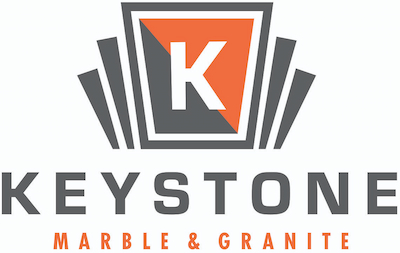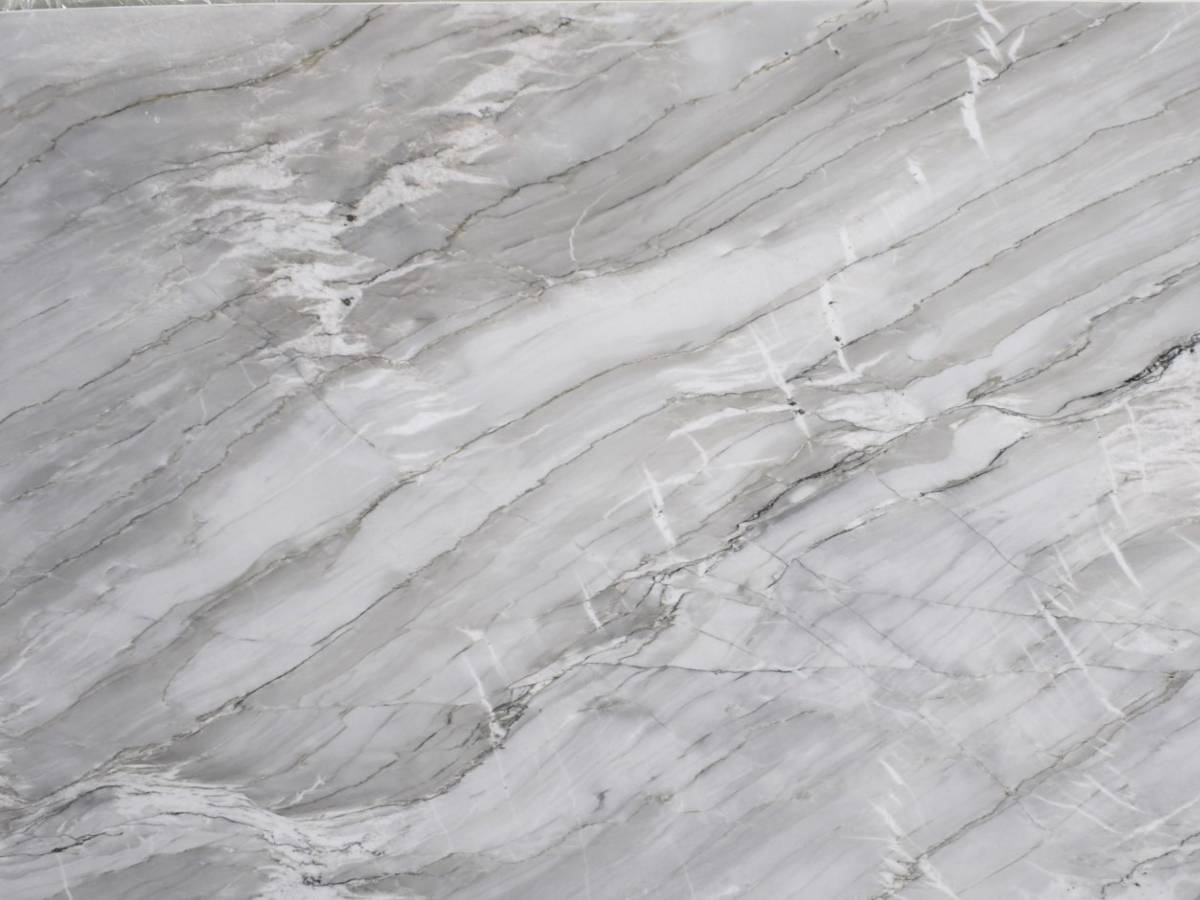Quartzite is an abundant metamorphic rock. Its amazing qualities, such as its unmatched beauty, durability, and strength, result in a stone utilized in many different areas for many other applications.
What Type of Stone is Quartzite?
Quartzite is a natural stone. It is the metamorphosed version of sandstone. Sandstone and quartzite maintain similar appearances despite quartzite going through immense change.
The best way to tell them apart is simply to break them. When you try to break sandstone with your hands, you will see it will break around the sand grains. On the other hand, you can try and break quartzite as much as you want, but alas, you won’t be successful.
How is Quartzite Formed?
Quartzite forms when sandstone undergoes immense heat and pressure within the earth’s crust. This metamorphosis is usually related to tectonic compression.
The formation can happen during massive events that cause high mountains to form. During this time, tectonic plates collide, and the resulting compression is so powerful that it will squeeze the sandstone. This extreme pressure results in the sandstone grains interlocking with each other.

What are the Most Prominent Qualities of Quartzite?
One of the most powerful qualities of quartzite is its strength and durability. As a metamorphic rock, it is formed through extreme circumstances involving heat and pressure. Therefore, it is highly resistant to regular amounts of heat and pressure in daily life.
Moreover, quartzite is a favorite in home improvement and decoration industries due to its striking beauty. It is a gorgeous option that steals the hearts of everyone who lays eyes on it. This enchantment is caused by its smooth and dense base texture graced with flowing swirls and veins.
Although quartzite is usually available in light and neutral colors, such as beige and cream tones, it can also be found in more vibrant colors, such as blue, green, gold, and pink tones.
One crucial factor to always keep in mind when it comes to quartzite bathroom and kitchen countertops is that, similar to all natural stones; it has a porous structure. In other words, it has tiny holes all over it, which makes it the perfect breeding ground for bacterial growth and mold, as it is impossible to thoroughly clean.
Moreover, this can also cause discoloration and bacterial growth. The best way to combat this is to seal the countertops before they are used, then reseal them regularly to replenish the sealant that has faded over time. Proper sealing will make the quartzite countertops highly durable against all outside factors, such as moisture or food spills.
The Uses and Applications of Quartzite
Architecture
Quartzite is one of the most sought-after stones due to its outstanding qualities, such as its beauty, durability, versatility, and longevity.
Hence, it is a favorite amongst interior decorators for decoration and architecture purposes. As it stands up to stains, discoloration, heat, and abrasion, it is an excellent option if you are looking to bring some life to your house in the form of flooring, accent walls, fireplace surrounds, and more.
Moreover, it can also be used in outside spaces to increase aesthetic appeal and structural security as well. For example, you can use quartzite for garden pathways, retaining walls, and other garden features.
Kitchen and Bathroom Countertops
One of the most popular and well-known uses of quartzite is creating countertops.
Quartzite kitchen and bathroom countertops are a top choice among homeowners for many reasons: they bring a timeless elegance to the space, offer the promise of being long-lasting, significantly increase the resale value, and are incredibly versatile, meaning they will be able to fit in with any pre-existing decoration aesthetic in your house.
Quartzite can withstand the heat and moisture that occurs in kitchens and bathrooms, which is one of the most important factors when considering this area of usage. Quartzite countertops can withstand daily wear and tear as long as they are maintained and cared for properly.
One of the biggest advantages of quartzite countertops is that it is easy to clean. As quartzite is a material that requires sealing and resealing, quartzite slabs are low-maintenance materials that don’t need a lot of elbow grease or any specialty products or tools.
This allows for a smooth user experience as long as they are resealed at regular intervals. You only need mild dish soap, warm water, and a soft cloth or sponge to clean quartzite.
Although, as a countertop material, quartzite can withstand conditions such as heat and pressure, the sealant used on top might not be as resistant. Therefore, to ensure the longevity of the protective properties of the sealant, it is best to avoid factors that might damage it.
For example, even if quartzite itself is resistant to heat, it is best practice to use a trivet before placing hot pots on the countertops to eliminate the possibility of the sealant getting burned. Similarly, always use cutting boards to ensure it isn’t scratched or damaged by sharp objects such as kitchen knives.
Construction
The high abrasion resistance of quartzite makes it an ideal stone to use in the construction industry. It can be used as either concrete or road aggregate.
It can also be used as retaining walls as these structures need to withstand the pressure of soil and water, which quartzite can do successfully. Another use quartzite has in the construction industry is driveways, walkways, and patios.
The natural traction of the stone provides an ideal amount of traction, which makes it a safe choice even in wet weather conditions. Its strength and aesthetic allure ensure functional and beautiful spaces.
Jewelry
The natural beauty of quartzite, alongside its many color options, makes it an in-demand material for jewelry-making purposes. It can have a glossy look if properly polished; therefore, it makes excellent necklaces, bracelets, and rings that will complement every outfit.
Quartzite is mainly made up of sandstone; however, other minerals get mixed into it during its formation process. The minerals contaminating it create different colors of veins and patterns on top of the base color and even create large colorful streaks.
The variety of colors depends on the type of mineral; for example, iron will bring pink or red tones, while green is usually attributed to chlorite.
Glassmaking
This might be surprising, but glassmaking is one of the primary uses of quartzite. Glass is made from the chemical compound SiO2, also known as Silica dioxide. Quartzite is primarily composed of crystalline silica; therefore, it is an excellent source of this raw material.
To make the glass, quartzite is crushed into very fine sand particles. Afterward, the small particles are mixed in with other materials such as soda ash and limestone. Every added material serves a different purpose, such as adding durability and adjusting the melting point.
The mixture is then subjected to intense heat in a furnace. The molten mixture can then cool into the intended dimension and shape.
Abrasive
The formidable nature of quartzite makes it a prized material for abrasives, which play an essential role across many industries.
They can be used for cutting, grinding, polishing, or smoothing many materials. These uses find purpose in industries ranging from manufacturing to construction, where the finish of the surface, precision, and details matter.
Its hardness often exceeds the hardness of steel; therefore, it can effectively smooth down other materials with consistency. It can also be used in sandblasting applications to clean, etch, or prepare certain surfaces. Through sandblasting, quartzite can remove rust, paint, or other contaminants.
Moreover, all hard-to-handle materials and abrasive quartzite particles can be used to cut and saw concrete, glass, and metal.
In short, quartzite is a highly skilled and versatile material that enriches our lives in many different ways. It is used in construction to add strength, in kitchens and bathrooms to increase functionality and beauty, and in jewelry making to add timeless elegance. Its exceptional qualities and unique capabilities are vast and impressive.
Moreover, its ease of maintenance makes it a wise choice, while its sustainability soothes the worries of the environmentally conscious. With its graceful beauty and long-lasting strength, the quartet continues to captivate and inspire while proving that nature has and continues to create a piece of art.
As Keystone Marble and Granite, we are proud to work with such an incredible stone that has made many people’s dream houses a reality.
If you are interested in quartzite kitchen or bathroom countertops, island tops, backsplashes, accent walls, shower walls, fireplace surrounds, garden fixtures, and more, don’t hesitate to contact our expert team for any of your questions.
Related Read: Do Quartzite Countertops Need to Be Sealed?


